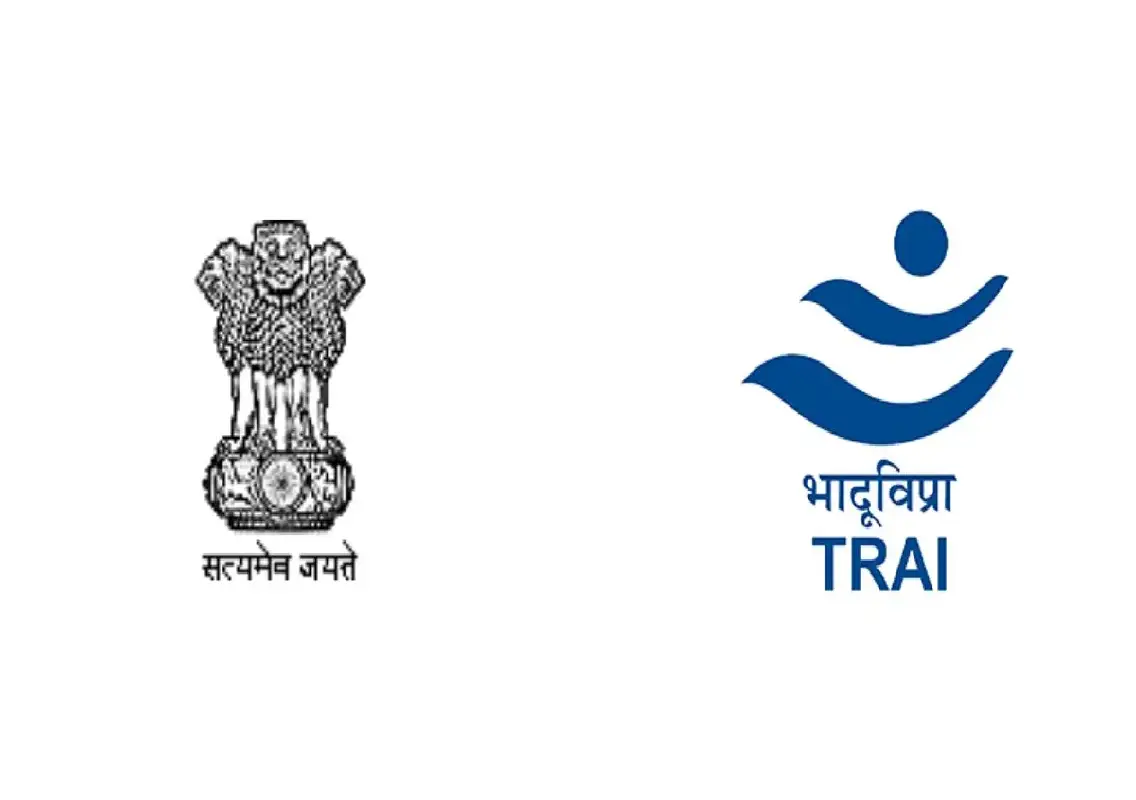Copyright newskarnataka

New Delhi: The Telecom Regulatory Authority of India (TRAI) has announced a major change to how incoming calls will be displayed across Indian mobile networks. The regulator is introducing the Calling Name Presentation (CNAP) feature, which will allow users to see the verified name of the caller before answering the call — similar to caller ID apps, but built directly into telecom networks. What is CNAP and how it works Under the new system, telecom operators will display the caller’s registered name — as verified during SIM card registration — on the recipient’s screen. The information will be sourced from each operator’s CNAM (Calling Name) database, which maps mobile numbers to subscriber names. When an incoming call request reaches the receiver’s network, the system will query this database in real-time before the phone rings. This ensures that users get accurate, verified caller information without relying on third-party apps such as Truecaller or Whoscall. CNAP to be enabled by default with opt-out option TRAI has confirmed that the CNAP feature will be activated by default for all mobile subscribers across India. However, those who prefer not to use the feature can opt out by contacting their respective telecom operators. The service will be part of basic telecom offerings and will not be a standalone paid feature. TRAI emphasised that CNAP aims to empower users with transparency, especially amid rising concerns over spam, fraud, and impersonation calls. How CNAP differs from current caller identification Currently, telecom networks in India only display a caller’s number using the Calling Line Identification (CLI) system, without showing the name. This limitation has driven millions of users to rely on third-party applications that use unverified crowdsourced data to display caller names. With CNAP, however, the name shown will be authentic and verified through official subscriber information provided at the time of SIM registration. This will not only reduce the spread of misinformation but also enhance users’ ability to identify unknown callers safely and accurately. Trials and implementation challenges The Department of Telecommunications (DoT), in collaboration with telecom operators, has already conducted pilot trials of CNAP in select cities. The trials were initially planned for both circuit-switched (2G/3G) and packet-switched (4G/5G) networks. However, implementation on older systems faced hurdles due to software compatibility and equipment upgrades. As a result, the first phase of rollout will likely focus on modern 4G and 5G networks, where integration is more seamless. Telecom experts also point out that while CNAP adds convenience, it raises privacy considerations, especially regarding name display for business or personal numbers. TRAI is reportedly working on a privacy framework to balance caller identification with data protection norms. A step toward safer communication in India The CNAP system is part of TRAI’s broader initiative to make communication safer and more transparent. By displaying verified caller names directly through telecom networks, the regulator hopes to reduce unwanted, fraudulent, and spam calls that plague millions of users daily. Officials say that CNAP will also reduce dependence on third-party apps, some of which have been accused of misusing user data. Instead, it will promote a secure, government-regulated ecosystem for caller identification. With implementation expected soon, CNAP marks a transformational step in India’s telecom landscape — combining technology, trust, and transparency for a better user experience.



